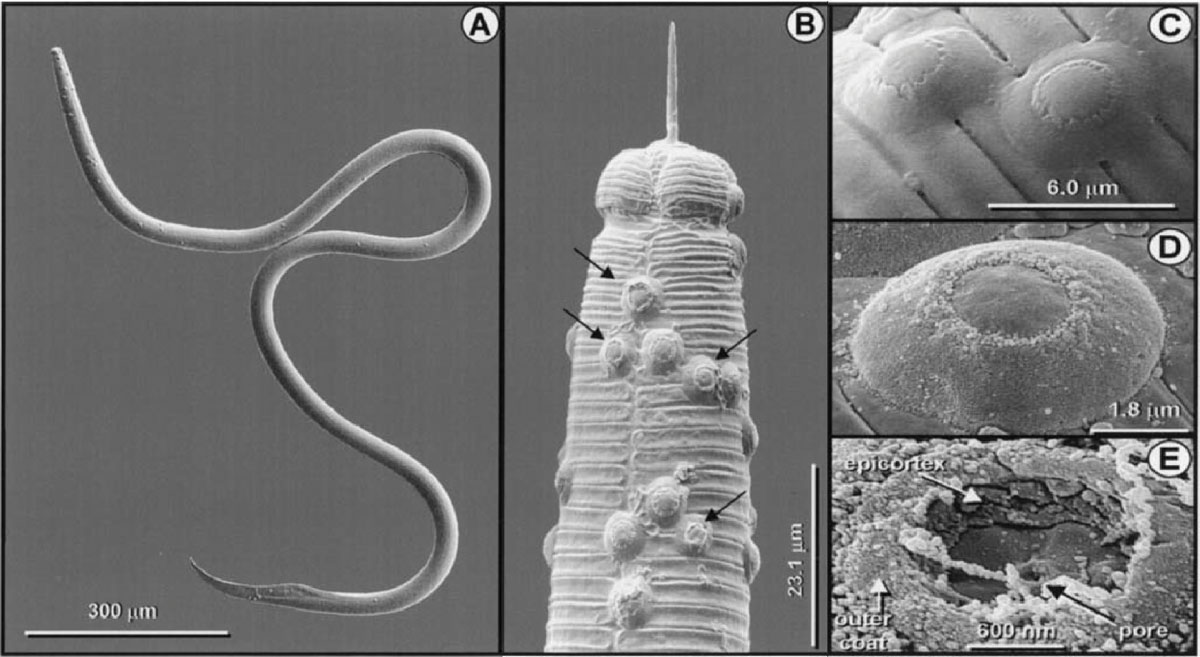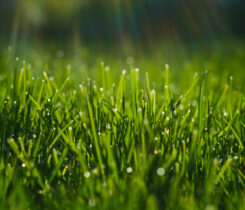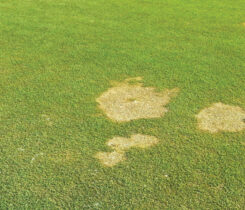Off the record: USGA nematode control research leads to a new discovery
In 1990, the USGA Executive Committee approved and funded a new three-year environmental research program. This research program aimed to quantify and document the impact of golf courses on the environment.
The overall objectives were to:
- Understand the effect of turfgrass pest management and fertilization on water quality and the environment
- Evaluate valid alternative methods for pest control to be used in integrated turfgrass management systems, and
- Determine the human, biological and environmental factors that golf courses influence.
At the time, we thought alternative controls had a promising future if universities had the means to investigate.
Alternative controls
After seven years, nearly $1.2 million funded 16 projects, primarily on alternative disease and insect control methods. One project at the University of Florida evaluated new Pasteuria species for the control of sting nematodes.
From 1985 to 1989, Robin Giblin-Davis, Ph.D., surveyed bermudagrass fairways in Florida for nematode pathogens. He found distinct isolates of Pasteuria on five species of plant-parasitic nematodes, including the sting nematode (Belonolaimus longicaudatus).

Photomicrographs of Pasteuria usage attached to sting nematode (Belonolaimus longicaudatus): A) male sting nematode with >30 spores, B) close-up of the spore-encumbered head region, C) close-up of attached spores, D) close-up of attached spore showing microfiber surface coating, and E) close-up of spent spore where the top of outer spore coat has become dislodged. (Photo: Journal of Nematology 33(4):227-238)
A one-year greenhouse study demonstrated that soil infested with the isolate Pasteuria n. sp. (S-1) from sting nematodes showed promise as an alternative control method.
The USGA funded his project to:
- Determine if the Pasteuria isolate was a new species,
- Show if it had the potential for density-dependent regulation of the sting nematode in natural turfgrass populations, and
- See if researchers could manipulate it as a biological control measure.
A new discovery
Giblin-Davis documented that Pasteuria n. sp. (S-1) was a new species. Because the obligate endoparasitic nature in the genus Pasteuria prevented the isolation of definitive strains, he proposed strain S-1 as Pasteuria usgae.
Scanning electron microscope images depicting morphology and molecular techniques proved Pasteuria usgae was a new species (Figure 1). Giblin-Davis gave USGA credit, using ‘usgae’ in the scientific name.
Since S-1 was an obligate nematode parasite, it could only reproduce after infecting sting nematodes. Researchers conducted a series of field experiments using soil infested with S-1, inoculated plots with S-1 and monitored sting nematode density. Data suggested that a small amount of S-1-infested soil could quickly reduce nematode density.
Unfortunately, the story ends without a helpful product. The obligate parasitic bacterium of sting nematodes could not be cultivated on artificial media. It could only be produced by endospore attachment to sting nematodes in greenhouse plant cultures.












